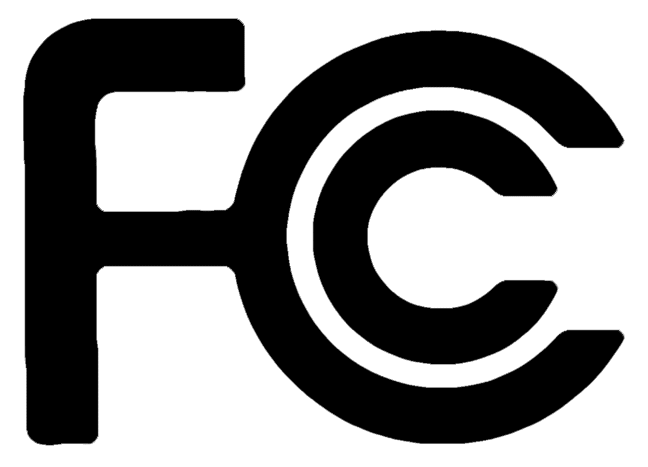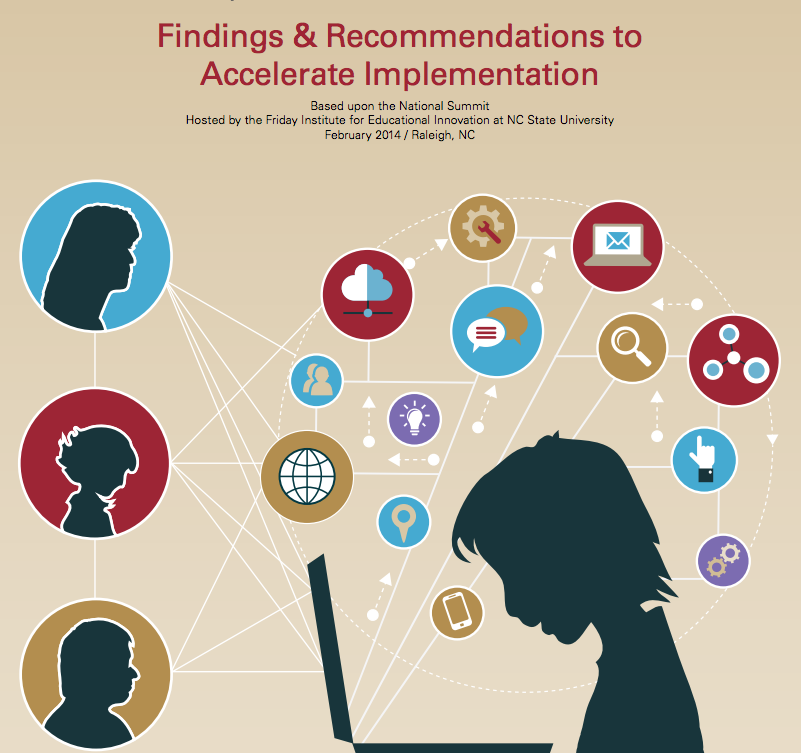The Benefits of Broadband Expansion to America’s Economy, Education, and Health

Summary of the Second E-Rate Modernization Order
The Federal Communications Commission (FCC) adopted the Second E-rate Modernization Order on December 11, 2014 (https://www.fcc.gov/document/fcc-continues-e-rate-reboot-meet-nations-digital-learning-needs). The Order builds on actions taken by the Commission in July to modernize and streamline the schools and libraries universal service support program, known as the E-rate program. In this Order, the Commission aims to ensure that all schools and libraries have access to high-speed connectivity and increases the E-rate program spending cap to adequately support that connectivity. The actions taken in this Order are the critical next step toward meeting the program goals and connectivity targets the Commission adopted in July’s E-rate Modernization Order.

Summary of the First E-Rate Modernization Order
The Federal Communications Commission (FCC) adopted the E-rate Modernization Orderon July 11, 2014 (https://www.fcc.gov/document/fcc-releases-e-rate-modernization-order) and the Second E-rate Modernization Order on December 11, 2014 (https://www.fcc.gov/document/fcc-continues-e-rate-reboot-meet-nations-digital-learning-needs). This is a summary of the Order adopted in July, which has been updated to account for changes made in the Second Order. For a summary of the Second E-rate Modernization Order, please go to https://www.fcc.gov/page/summary-second-e-rate-modernization-order.
North Carolina Digital Learning Plan
Learner at the Center of a Networked World

Technology-Enabled Personalized Learning: Findings and Recommendations to Accelerate Implementation
Last year, over 100 education leaders attended the Technology-Enabled Personalized Learning (TEPL) Summit hosted by the Friday Institute for Educational Innovation at NC State University in collaboration with Digital Promise, the Software & Information Industry Association (SIIA), and the Michigan Association of Intermediate School Administrators (MAISA). This convening was unique in that the leaders included similar representation from industry, associations and nonprofits, and university and K-12 educators. Together, they compared experiences, discussed common challenges and barriers, explored case studies, and identified potential solutions and models that all must be addressed collectively to scale the implementation of personalized learning through technology.
We are excited to announce that their suggestions are now available in a final report titled Technology-Enabled Personalized Learning: Findings and Recommendations to Accelerate Implementation.
National Organizations Release Recommendations on the Federal Role in Student Data Privacy
Privacy Group Sign On Letter
5 Ways to Make the Most of the New e-Rate
As funding is phased out for some technologies and increased for others, here’s how you can get more of what you need.
